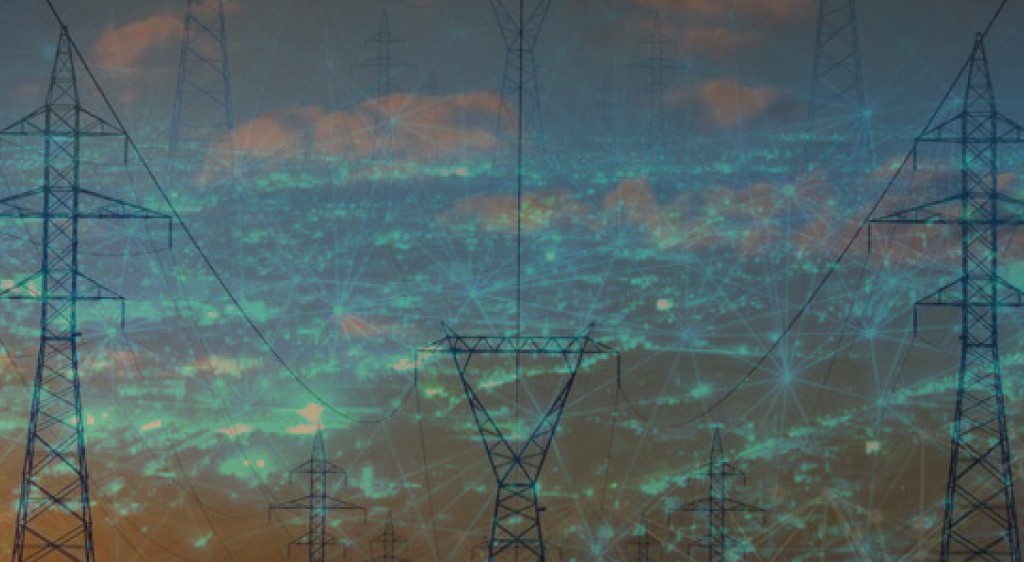Smart grids: The next-gen power distribution system
By EPR Magazine Editorial January 7, 2019 3:15 pm IST
By EPR Magazine Editorial January 7, 2019 3:15 pm IST

Smart city needs smart grid, ‘the grid of tomorrow’. Here, the experts discusses how the power of smart grid guarantees more efficient energy usage and zero transmission losses
There are significant benefits associated with smart grid technologies. Smart grids have a large number of monitoring devices collecting data, which can be used for advanced control systems to keep the grid reliable, secure and efficient.
Smart grids yielding dynamic power generation and supply for smart cities
Siddharth Gangal, CEO, The Solar lab says, “The grid of tomorrow will bring on intermittent sources of renewable power. The grid has a mandate to maintain the energy balance with supply power to be equivalent to demand.” To balance intermittency of renewable sources with demand, various control feedback loops are used. A grid is a system of systems tied together with feedback loops oscillating in large feedback loops. These feedback loops can bring either correctness (stability) to a system or may cause instability as well if not designed properly.
Dynamic pricing using AMI is being explored by utilities in the USA to nudge user electricity consumption to more desired areas, adds Gangal.
Ketan Mehta, Founder and CEO, Rays Power Infra says, “Smart grids are where we sense stabilisation. The demand in supply is managed automatically at the grid level.” The grids are becoming more and more essential as the share of informed power increases as compared to formed power. Informed power means you cannot control the power as it is generated naturally. So, the importance of smart grids increases; the share of renewables also increases. So, these smart grids will be able to manage the demand and supply in a much better way with Time of Use tariffs. This would result in less dependence on non-renewable sources such as coal, oil or gas.
Smart grid to plan a smart city grid
In smart city grid planning, first we need to figure out the demand. Every phase of our life is powered by some kind of device which requires energy. So, the demand side has to be first figured out keeping the future in mind; for example, electric vehicles. Based on that demand planning can be done on the generation side by figuring out how much power, storage, rooftop solar or solar streetlights is needed to power up that kind of demand.
Mehta says, “100 per cent renewable-based smart cities can be built into smart grids and we can have cheaper and 100 per cent power and quality of power at all times.”
Migrating to cities is at an all time high and no city in India has infrastructure to cater to the demands of this rising population. The decades old electricity grid is coming under severe strain which threatens our style of life and connectivity which we have grown accustomed to. Gangal says, “Smart grids can be planned technically by setting overarching objectives based on future requirements. He suggests:
• It must allow integration of new technologies such as rooftop solar and electric vehicles. Rooftop solar reduces dirty coal powered energy from being produced close to the city and guarantees more efficient energy usage and zero transmission losses due to same point of consumption.
• It must allow for seamless charging infrastructure for electric vehicles which will lead to zero city wide vehicular emissions.
Smart grids will definitely bring down the power costs and power bills will be reduced, which will impact every consumer in a positive way. Secondly, people from lower income groups, and agricultural applications would be able to get firm and stable supply of power, which was not the case before.
Mehta of Rays Power Infra says, “With smart grids, people will be able to get constant and reliable source of power. It will also help in reduction of power theft and loss of electricity, whereas earlier almost 40 per cent of power was lost in the form of theft or transmission losses.”
In a nutshell, to assess the impact of installing a smart grid, we must first define the timeline of its deployment and a control scenario (in which there is no significant change in technology or policy from the status quo) against which change can be evaluated along target dates that we fixed for assessment.Considering the policy objectives set for the smart city in question and in interest of a thorough assessment, we should analyse the economic impact on the society and specific groups, the influence on the consumer and the community, the effect on the environment and climate, the improvement in the efficiency and quality of energy services, the impact on the energy market, as well as other potential areas for impact.
Gangal of The Solar lab concludes by saying, “We need to adopt a systemic approach. We comprehensively need to catalogue all the pertinent elements of the smart city that would be subject to impact as well as the relevant policy norms, identify the contributing factors to change and the metrics that define them, devise methods to treat uncertainties, and thus calculate and then integrate the various impacts.”
The smart grids will be able to manage the demand and supply of power in a much better way with Time of Use tariffs
Ketan Mehta, Founder and CEO, Rays Power Infra
The smart city concept is basically to gauge inefficiencies, reduce the carbon footprint to deliver a better quality to the customers.
Ketan Chheda, Business Development Manager, Advisory Energy, DNV-GL
The grid of tomorrow will bring on intermittent sources of renewable power.
Siddharth Gangal, CEO, The Solar lab
We use cookies to personalize your experience. By continuing to visit this website you agree to our Terms & Conditions, Privacy Policy and Cookie Policy.